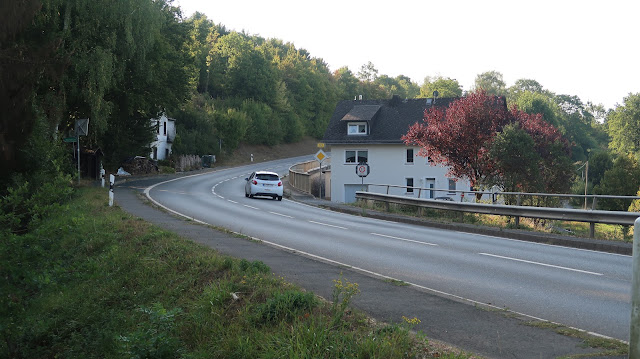My muse loves to tease me. Here I am, busy looking for nonsense I can contradict on Facebook and immediately I can tell it’s bored because I have the urge to type something even though I have no idea about what. My muse can be as dull and mechanical as it is romantic and spontaneous, so I won’t define my muse by gender, that simply wouldn’t be fair. It can be boring at times, but it is never to be ignored. Let’s see what pops out this time. Aaah! It has to do with concepts! What is the best possible definition of concept I can think of? According to Google’s dictionary, Oxford languages, a concept is “an abstract idea; a general notion.” Ask a religious person where heaven is, my muse whispers.
And my fingers start as if by remote control. My muse takes over!
First, understand that many religions believe in some sort of life after death. Whether it be reincarnation, resurrection, or rebirth of some kind, there must be a holding tank, so to speak, and in Christianity, that area is “heaven,” where all deceased Christian’s souls are held, waiting for the Resurrection upon which they will be returned to earth in physical bodies as their former selves. While there is no scientific evidence of an afterlife, the concept has been handed down generation to generation for well over over two thousand years – long before mankind had ever seen a penguin – creating a strange, surrealistic dogma that is in conflict with not just human logic, but proven facts as well.
The generally accepted concept of heaven is loosely based on angels flying around with harps and a set of big, pearly gates that everyone has to pass through to gain access to everlasting life. How pearly gates got into the act is beyond me or my muse, so, for guidance, I went to Wikipedia:
“In some Christian denominations, the Pearly Gates are an informal name for the gateway to Heaven. The name is inspired by Revelation 21:21, which describes the New Jerusalem as ‘twelve gates, each gate being made for each tribe of Israel.’ In popular culture, the gates are depicted as large gold, white, or wrought-iron gates in the clouds, guarded by Saint Peter, the keeper of the ‘keys to the kingdom.’"
I still don’t know how the gates became pearly, but that is the best explanation AI can currently come up with.
If someone points up at the sky and says, “heaven is in the sky above,” they are ignoring the fact the earth is round. Sky is relative only to where you may be at the moment. If everyone on earth all pointed up at the sky at the same time, they would be pointing to every point of the universe. Some would pointing toward the sun or the moon or Andromeda or wherever the earth happened to be in its daily rotation. Some would be in daylight, some in darkness. No one would be pointing in the same direction. This leads to two distinct possibilities: One, there is no heaven, or two, heaven is not where everybody thinks it is.
We know life, as we know it, anyway, does not exist outside of our atmosphere and that atmosphere does not extend very far up into the not-so-magical sky. Can heaven be located in a non-life supporting environment? Could it be on Mars? How about over in another galaxy? What is life, by the way. Simply put, life is a condition that naturally converts matter from one form to another using energy. Yep! That’s it! Any physical entity that uses matter to convert to energy that is used to create matter in a different form for its own sustenance is alive. Taking a leaf of lettuce and converting that form into bone cells or skin or feathers or driving an organ that rationalizes and compares is is a great example of life. The kicker we humans don’t understand is where in the chain did lettuce learn to convert dirt, light, and water into glycosylated flavonoids, phenolic acids, carotenoids, vitamin B groups, ascorbic acid, tocopherols, and sesquiterpene lactones that other life forms learned to consume in the first place?
But how about a dimension that mortal humans simply can not imagine? One where life as we know it is not sustained, but in a different form from our limited knowledge it might flourish. Is heaven perhaps a dimension, an undiscovered astral plane that spans time and distance and space that mortal humans can not conceive? How far does it extend? Is it limited to our own solar system? Does heaven span the gap between galaxies? If heaven is indeed an ethereal storage area for our un-powered souls, we know it can not be like the cloud where we store our photos on the Internet which requires physical computers and lots and lots of electrical energy. It has to be a reality that exists in a natural, universal state that we can not access. A natural state that, so far, eludes detection by our science.
But everyone knows where heaven is. Everyone points up. And that is a concept. My muse is really enjoying this. I think my muse knows there are penguins we haven’t discovered yet.
George


















